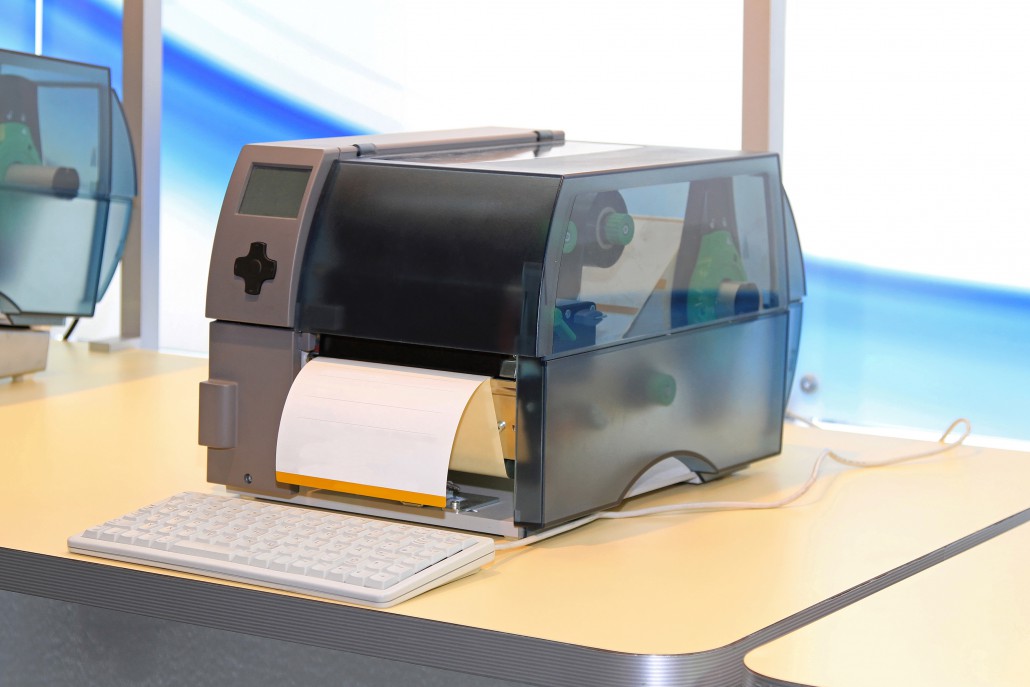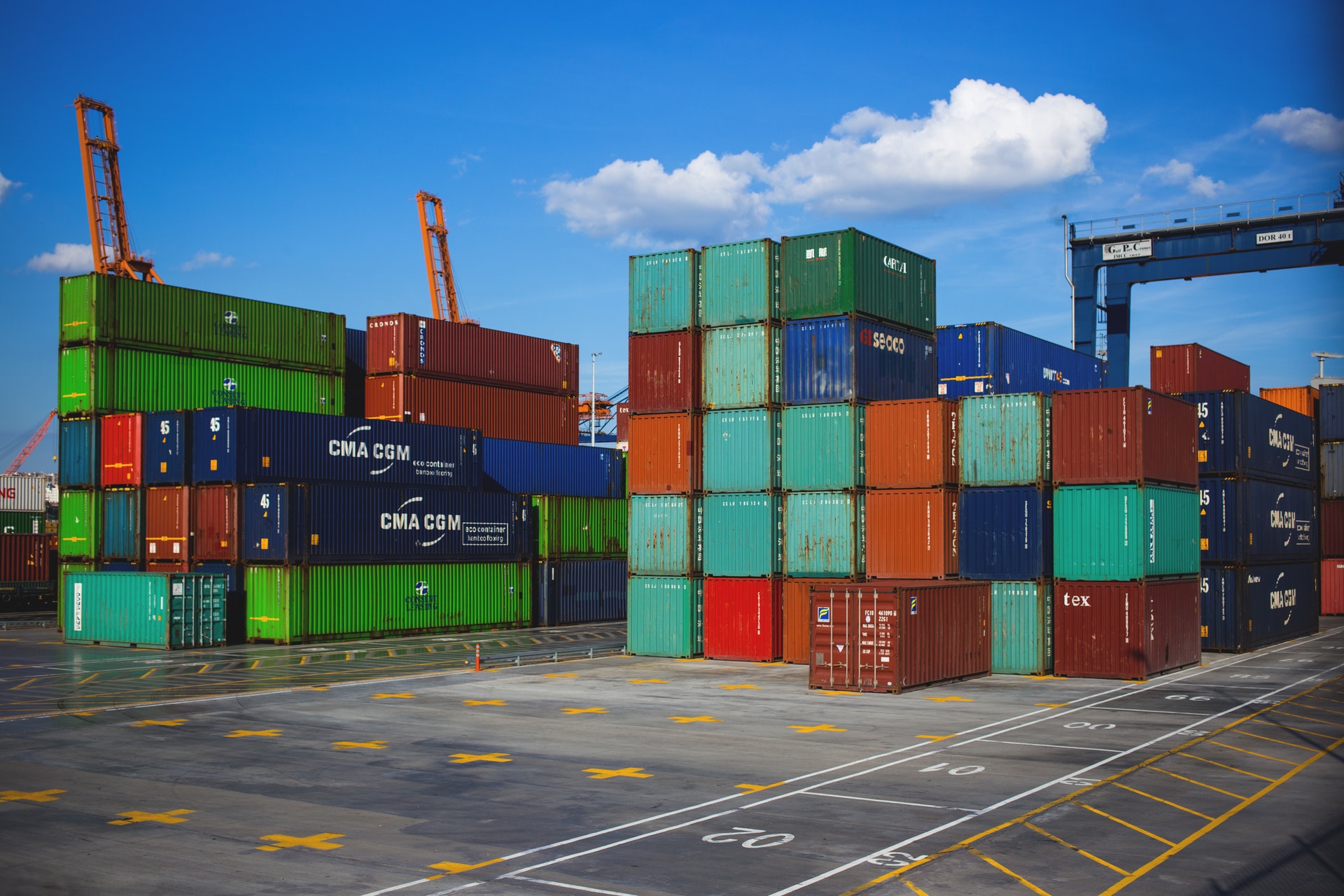Thermal label printers are machines that produce labels and signs by melting either wax or resin-based ink onto paper, adhesive or even heat shrink tubes. It is a digital process using a ribbon that melts a coating onto the substrate.
It is not to be confused with direct thermal printing, in which no ribbon is present. These kinds of printers are highly popular thanks to their clean images and fade resistance. Because of their accuracy, they are often used for high-precision applications such as bar codes on labels.
Probably the most important component of the thermal transfer printer is the printhead. This is made up of many tiny heating pins, all representing one pixel. The size of the pixels are not always uniform – they can vary from printer to printer ranging from around 200-300 dpi. For the process to work, wax- or resin-based ink will be loaded into the printer in the form of a ribbon. The ink ribbon will be fed through the printer between the label, paper or whatever printing medium is being used; and the printhead.
The machine also contains a microprocessor which controls the printhead itself. This will determine which of the many heating pins needs to be activated in order to form a certain image. Signals are sent to the correct pins which causes them to heat and cool very rapidly against the ink ribbon. This will melt the ink and transfer it from its backing film and onto the blank label surface.
Whilst the results of both types of transfer printing ribbons – wax or resin – generally appear to be of a similar quality there are certain differences between the two. This means you need to take your time before you decide on which to use. Once you have made the decision they cannot be easily interchanged. In some cases the two can be combined to make a kind of wax-resin printing ribbon hybrid.
The most commonly used ribbons for thermal label printing are the wax-based variety. These produce images that can last for several years but they need to be protected with a sealant and a very sensitive to abrasives, chemicals and oils. They have to be kept dry and, as you might expect with wax, can wear, melt or be washed away if not properly cared for. If you want something a little more robust you may need to choose something different.
Pure resin inks, on the other hand, are very durable but they aren’t designed to be used on paper. These are mainly fused on vinyl, polyester or polypropylene labels and can withstand even the harshest environment. This is good news if your products need to travel long distances or extreme temperatures – such as for frozen food products, for example. They won’t fade in sunlight either, and can even be immersed in water without sustaining any damage.
Finally, the wax-resin compounds are often used on paper labels – both smooth and coated. They tend to produce a much sharper image than with either of the other inks but can be more costly. However, whilst it does still need to be protected against moisture, extreme weather conditions and so on it does have a longer life span than standard wax.
So much for how this process works – but what are the benefits to you of choosing thermal label printers for your business? Well, for one thing, if you choose the resin ribbon variety you can’t really beat them for durability. They won’t fade in sunlight or bleed as regular inks can, so they will retain their high-quality appearance for the duration of their life span. Sometimes this can even be years.
If your labels are going to include barcodes then you want something that is as accurate and reliable as possible. Thermal transfer printers can print exact bar widths, cleanly and with no running. This means they will be scanned easily in shops or warehouses. This is a serious concern because your business could suffer if your barcodes are faulty. Finally, if it’s convenience you’re after you will also find that many modern thermal transfer printers are PC-compatible which means you can import images and text from your computer straight to the label printer. This has speeded up the entire process considerably.



